A tipping point: heavy transport goes electric
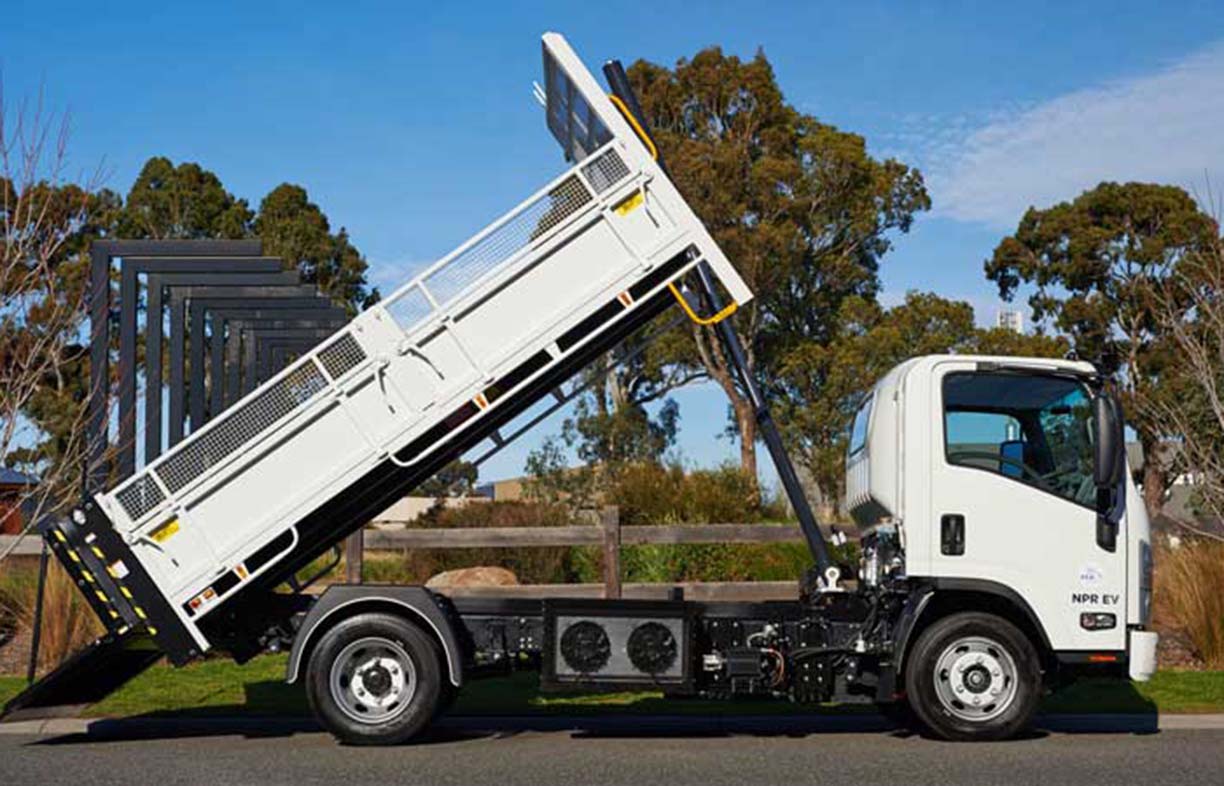
From tip trucks to rubbish trucks to delivery vehicles to buses, all around the world heavy transport is electrifying. Lance Turner surveys the many trials happening right now in Australia and New Zealand.
Getting stuck behind a diesel bus noisily spewing out smelly, noxious exhaust is a great motivator to think about possibilities for cleaner, quieter heavy transport options. China has been leading the way in this regard, with the need for cleaner air combining nicely with the technology advances that have made electric buses a reality. One of the best-known examples is the fast-growing megacity of Shenzhen (pop. 12 million) where all 16,000 buses in its fleet are now electric. Shenzhen Bus Group estimates it has reduced annual CO2 emissions by 440,000 tonnes, and halved its fuel bill.
In Australia, however, as with light vehicles, the switch to electric has been slow. But trials are underway—as we write this, a new electric bus trial has just been flagged in Melbourne. Here we look at some of them, from rubbish collection to deliveries to buses.
More than a load of rubbish
Rubbish collection trucks range from tip trucks for collecting hard waste through to rubbish collection/compaction trucks used in regular landfill, recycling and green waste collections. There are a lot of these trucks and therefore a great benefit to be had from electrifying them. One waste management company, Cleanaway, says they deploy over 5000 rubbish trucks around Australia.
A council that’s already started all-electric rubbish collection—the first in Australia—is the City of Casey in Melbourne’s south-eastern suburbs. Via its contractor WM Waste Management, in May 2019 Casey deployed three all-electric rubbish collection/compacting trucks. Designed by SuperiorPak in collaboration with Dandenong South based SEA Electric, the Iveco ACCO-based trucks have a SuperiorPak body and SEA Electric drivetrain. It’s estimated that each electric truckload of waste will prevent approximately 180 kg of carbon dioxide entering the atmosphere compared with an equivalent diesel truck. The trucks can run for a five-hour shift, or around 120 km, before needing to charge the 212 kWh battery. bit.ly/COC-EVRT
SEA Electric is one of just a few companies manufacturing electric vehicles of any type in Australia. A Victorian-based Australian company, SEA specialises in the installation of their electric drive systems (developed by SEA and collectively called SEA-Drive) into commercial vehicle chassis to produce 100% electric vehicles that are better than the diesel equivalent. Their vehicles range from a small 15-seat bus through to trucks up to 26 tonnes.
The company was only founded in 2013 and started commercial production in early 2017. In that short time they have gone from a local manufacturer to international EV producer, with vehicles sent to New Zealand and a recent 100-truck order from US EV service provider Zeem Solutions.
Similar to the SEA Electric truck used in Casey, electric rubbish trucks with around a 180 km range are also being used in trials by Cleanaway, happening now in Fremantle (since October 2019) and Hobsons Bay in Melbourne (since May 2019). bit.ly/CA-ETT
In another Australian first, Yarra City Council in Melbourne’s inner suburbs has recently purchased and deployed an electric tip truck for permanent use in their hard waste collections. The electric tip truck is used five days per week and runs for about seven hours each day—the same as a non-electric tip truck. One of eight tip trucks used by the council, it’s built on a conventional tip truck chassis that’s been converted to electric by SEA Electric. It uses an Isuzu truck body (for the cab, tipper and tray) but replaces the diesel engine with an electric drivetrain built by SEA Electric.
With a 100 kWh battery, the truck has a range of up to 275 km on a single charge.Charging takes five hours to 80% on a three-phase on-board charger via a charging station at the works depot in Clifton Hill. The vehicle is plugged in overnight and is 100% charged by the morning ready for the day’s work. The depot has a large solar power capacity and all Yarra council’s operations are fuelled by 100% renewable energy thanks to involvement in the Melbourne Renewable Energy Project, which enables the council to source all energy from a wind farm based in Ararat. This means the electric tipper is truly a zero emissions vehicle.
The drivers have taken to the tipper and have given very positive feedback about performance, power and the quiet drive. During the period of July to November 2019, the running costs for the electric tipper have been approximately 80% less than a diesel tip truck, plus there will be long term savings for mechanical maintenance as there is no diesel engine or a transmission. Brake wear is around a quarter of that of a non-electric tip truck due to the regenerative braking.
The tip truck is just one part of Yarra council’s plan to transition to electric rubbish and recycling trucks over the next five years. As their diesel trucks and tippers require replacement, they plan to replace them with electric vehicles, and they are also exploring a transition of the kerbside waste collection vehicles from diesel driven to electric vehicles. bit.ly/TD-YVCET
Delivering the goods
With the growth in online stores, small delivery vehicles are becoming a bigger presence on our streets. According to the ABS, in 2018 freight vehicles made up around 20% of the vehicles on the road and, of those, around 84% were light commercial vehicles, the sort doing shorter deliveries. The fuel use of these light commercial vehicles came in at around 19% of all fuel use, much of that diesel (71%), so they’re certainly a significant transport contributor.
Starting in 2018 in Victoria and now in NSW and WA, Ikea has been trialling seven all-electric delivery trucks for local deliveries, with a view to changing their entire Australian fleet of 350 vehicles to electric drive by 2025, starting with 25% of the fleet (80 or so vehicles) by 2020.
Overseas, Ikea has even more ambitious goals, with plans to electrify its local deliveries in Shanghai, Paris, Los Angeles, New York and Amsterdam by 2020. This has already happened in Shanghai. Ikea doesn’t own the Shanghai fleet so instead they’ve collaborated with a leasing and technology partner. Ikea is partly motivated by the “cost of not doing this”, as some cities in Europe move to prohibit fossil fuel powered vehicles from entering city centres. bit.ly/IKEA-EV
So far in Australia, the vehicles have performed above expectations, saving around 36 tonnes of CO2 per year, per truck. Ikea says that the EV trucks can do about 250 km of city-based driving before recharging and are each delivering to around 17 to 20 customers per day on average.
The trial vehicles in Australia are provided by fleet services company ANC, and are Hino 917 Series trucks converted to electric power by SEA Electric using their SEA Drive 120a drivetrain, which includes a 136 kWh lithium NMC battery. The trucks are no slouch, with the motor capable of up to 125 kW of power and 1470 Nm of torque, compared to 165 kW and 464 Nm for the diesel version—so the electric version has three times the torque of the diesel. The trucks can carry up to 4274 kg in cargo (400 kg more than the diesel equivalent), with a range of up to 350 km before needing to recharge (range will vary depending on the shape of the cargo box—cuboid boxes like the Ikea vehicles have a reduced range due to poor aerodynamics). bit.ly/EVT-IET
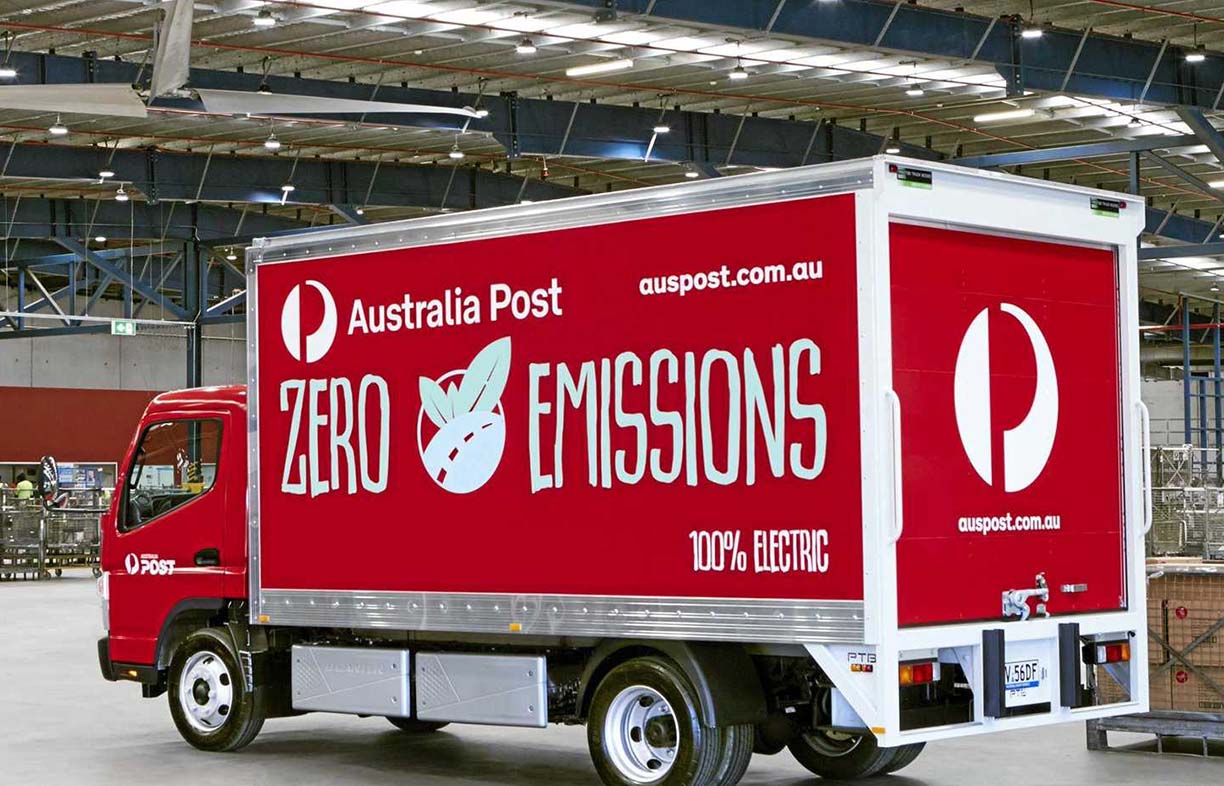
SEA Electric has also donated one of its early prototype trucks to the Salvation Army, making Salvos Stores the first charity retailer in Australia to have an electric vehicle in its distribution fleet. The truck is expected to reduce delivery emissions by around two tonnes per year.
Australia Post, which is currently running the largest EV fleet in the country with over 2200 EVs (mostly electric postie bikes and trikes making local deliveries; see Renew 148 for more), has also added a Fuso eCanter 7.5 tonne truck built by Daimler, which has around 150 eCanters operating around the world. The purely electric eCanter will be used for deliveries around Sydney. bit.ly/AP-ecanter
Countdown supermarkets (Woolworths) in New Zealand is introducing five all-electric trucks to their fleet for their online shopping deliveries. The trucks are converted diesel vehicles, at a total cost of NZ$700,000. With a range of around 220 km and including refrigeration, they are expected to reduce CO2 emissions by 135 tonnes annually. bit.ly/CDNZ-ET
Electrifying your bus trip
Australia, and most of the world, is a long way behind China’s use of electric buses. A report from Citylab (bit.ly/CL-CEBs) states that in 2018 there were around 425,000 electric buses in service worldwide, with 99% of them in China. In Australia, most electric buses are short-run shuttles, but we are starting to see longer-range trials.
The Carbridge BYD Toro is an all-electric bus designed for short-run shuttle-type trips that has successfully operated at Sydney and Brisbane airports since 2016, travelling 3.5 million kilometres in that time, with greater reliability than diesel or hybrid buses. The buses have a minimum 324 kWh battery (larger batteries are used to provide up to 600 km range) which powers a pair of 90 kW/550 Nm motors. Charging is via a fast charging system in just three hours if necessary. bit.ly/CARB-BYDB
In NSW, public transport solutions company Transit Systems is running a trial of four standard sized 62-passenger BYD electric buses on several bus routes around Sydney. The buses are air conditioned and have a range of around 350 km on a full charge of their 328 kWh battery. They run for up to 16 hours per charge, so can do a full day’s work on one charge, which takes between five and eight hours. transitsystems.com.au/electric-buses
Also in NSW, Premier Transport Group on the south coast in Nowra has just completed a trial of a Yutong electric bus this year, as part of a commitment to a minimum 10% of new NSW government fleet vehicles being electric or hybrid from 2020/21. Truck and Bus News reports that the trial has been very successful, with the bus covering around 290 km per day over a 15 hour shift, returning to the depot with 45% charge remaining in its batteries, and reducing daily running costs by 72% compared with diesel. bit.ly/TABN-EBT
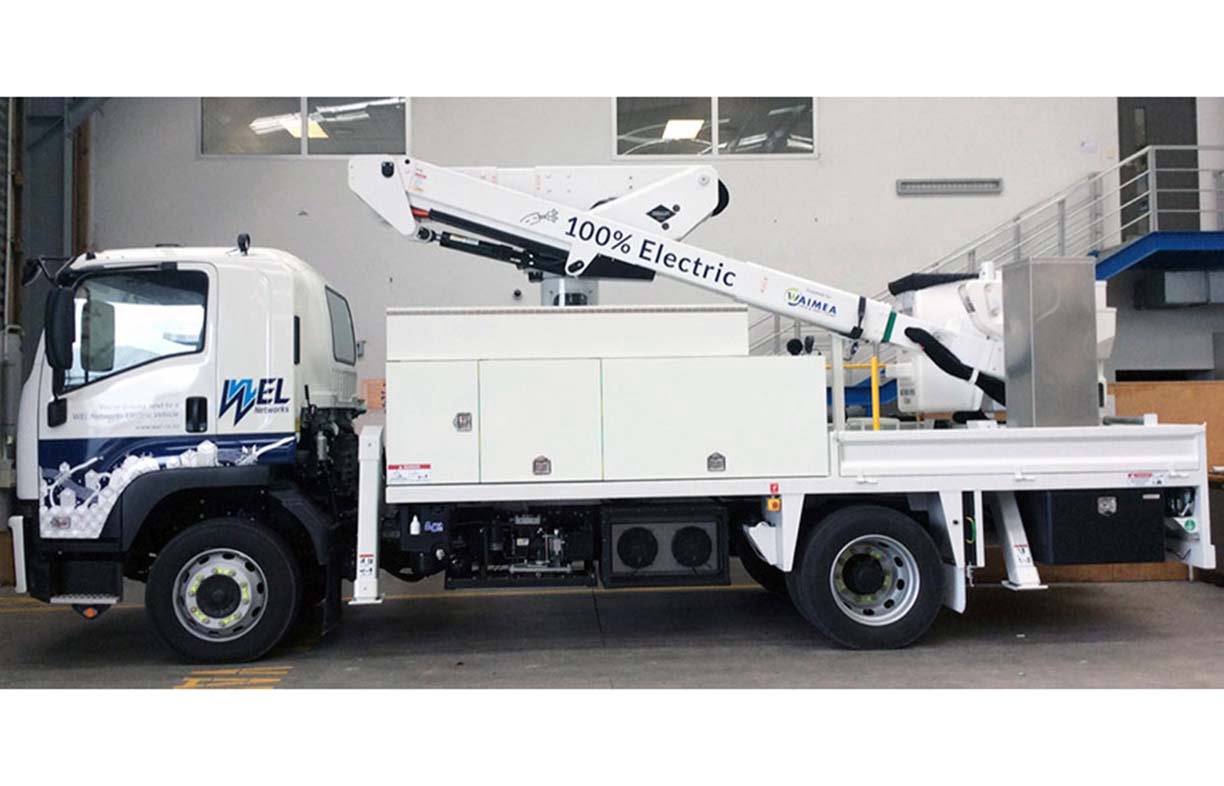
Recently, Volgren, Australia’s largest bus body manufacturer, announced their own fully electric bus based on a BYD K9 chassis. They’ve built and tested a prototype which features a 324 kWh battery and is capable of travelling up to 300 km on a charge. It has a carrying capacity of 61 passengers and is aimed as a diesel replacement for short to medium bus routes. Michael Kearney, Volgren’s Product Engineering Manager, says: “All tests conducted on the vehicle were extremely successful. It has been extremely popular with all who have driven it.” bit.ly/Volgren_EB
In the first trial of this Volgren bus, Transdev will operate the electric bus on one of Melbourne’s busiest routes from Elsternwick to Clifton Hill, with a charging station installed at Transdev’s Fitzroy depot. The trial will continue until 2021, and will be reviewed to determine the potential for a rollout of fully electric buses across Victoria. bit.ly/FVBEBTHR
The ACT government recently conducted a trial of diesel, hybrid and electric buses to compare operating costs and reliability. Operational costs came out best for the electric option, but reliability was the worst. However, the poor reliability was not due to electric drivetrain issues, but rather the choice of bus. Issues with the company supplying the electric buses meant that a suitable bus was not available and the trial was undertaken with a different bus that was designed for short-run airport shuttle services rather than longer trips. When problems did emerge with suspension and brakes, these took much longer to rectify than they should have, resulting in the electric buses missing 35.7% peak services per bus. In short, they used the wrong bus at the wrong time, effectively invalidating the electric bus part of the trial. bit.ly/td-ebt
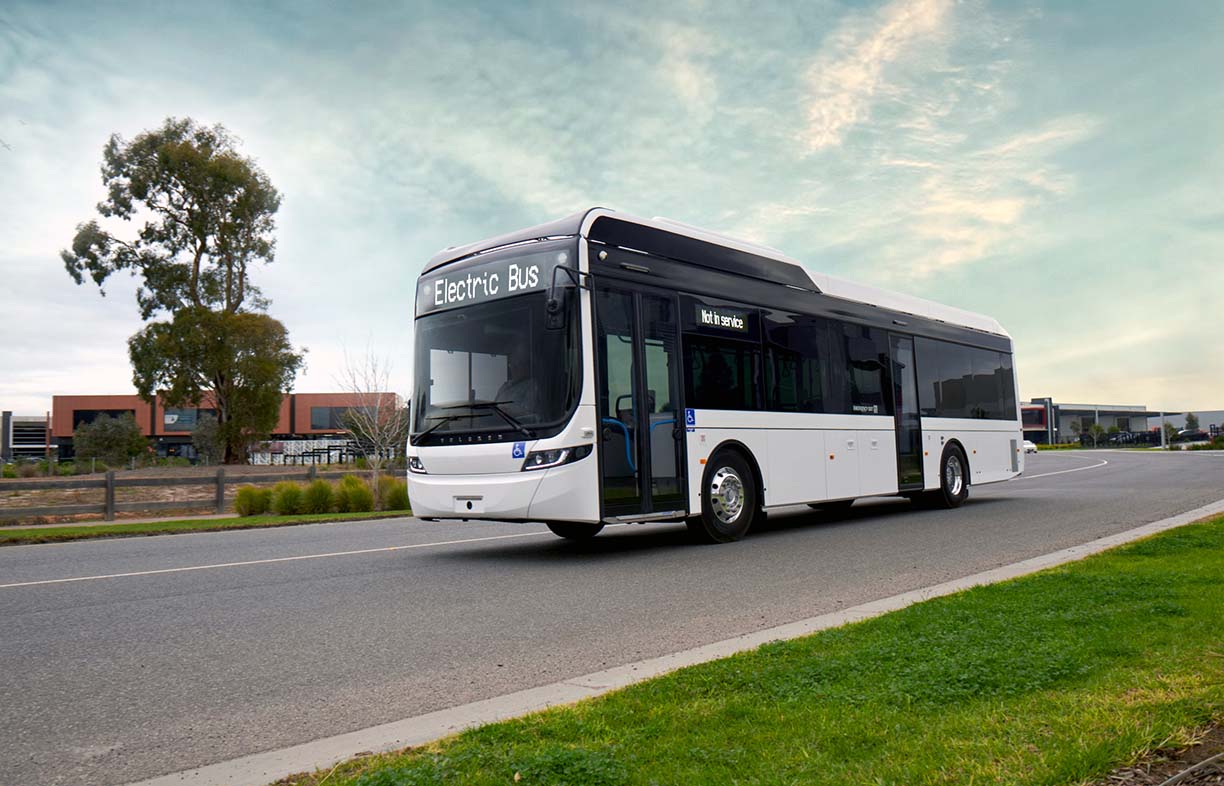
To cherry pickers and beyond
Not content with tip trucks and delivery vehicles, SEA Electric is turning its hand to all manner of trucks. One of their latest offerings is a cherry picker truck, which they call the elevated work platform. The first completed all-electric cherry picker conversions will be delivered to New Zealand’s Wel Networks for power line maintenance.
SEA’s engineering team in Melbourne designed the cherry picker truck, while the actual electric conversion is to be done in New Zealand through a partnership between SEA Electric and CAL Isuzu in Hamilton.
The cherry picker will have a range of up to 200 km, with all functions including the elevated platform running from the main battery. SEA Electric say that the truck provides significant savings on diesel, servicing and maintenance, resulting in low total life operating costs. bit.ly/TD-SEAECP
Indeed, virtually all trucks of any type required to travel less than a couple of hundred kilometres a day could be 100% electric. SEA has a huge market open to them, especially once companies and councils see the benefits of going electric and start dropping their polluting, high-maintenance diesel trucks. SEA is one company to keep a close eye on!
Further reading
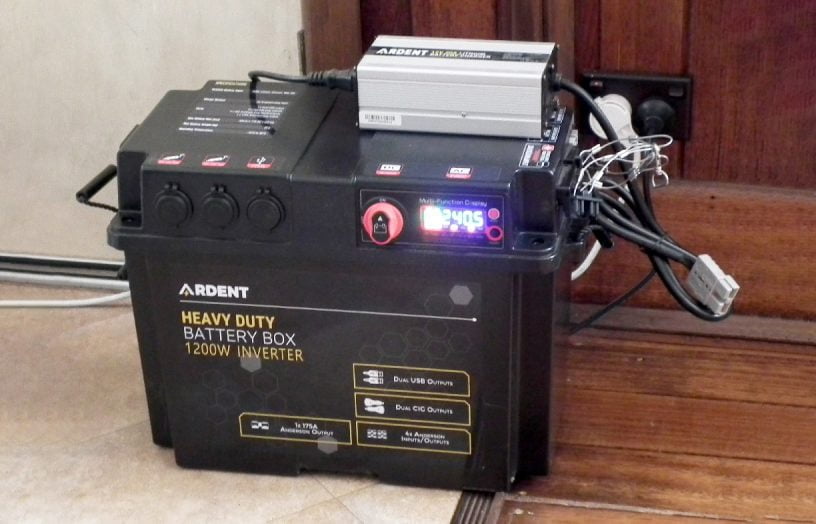 DIY
DIY
Deleting the genset
If you have the need for the occasional use of a generator, then why not replace it with a much cleaner battery backup system instead? Lance Turner explains how.
Read more Renewable grid
Renewable grid
Is a floating solar boom about to begin?
Rob McCann investigates the world of floating solar energy systems.
Read more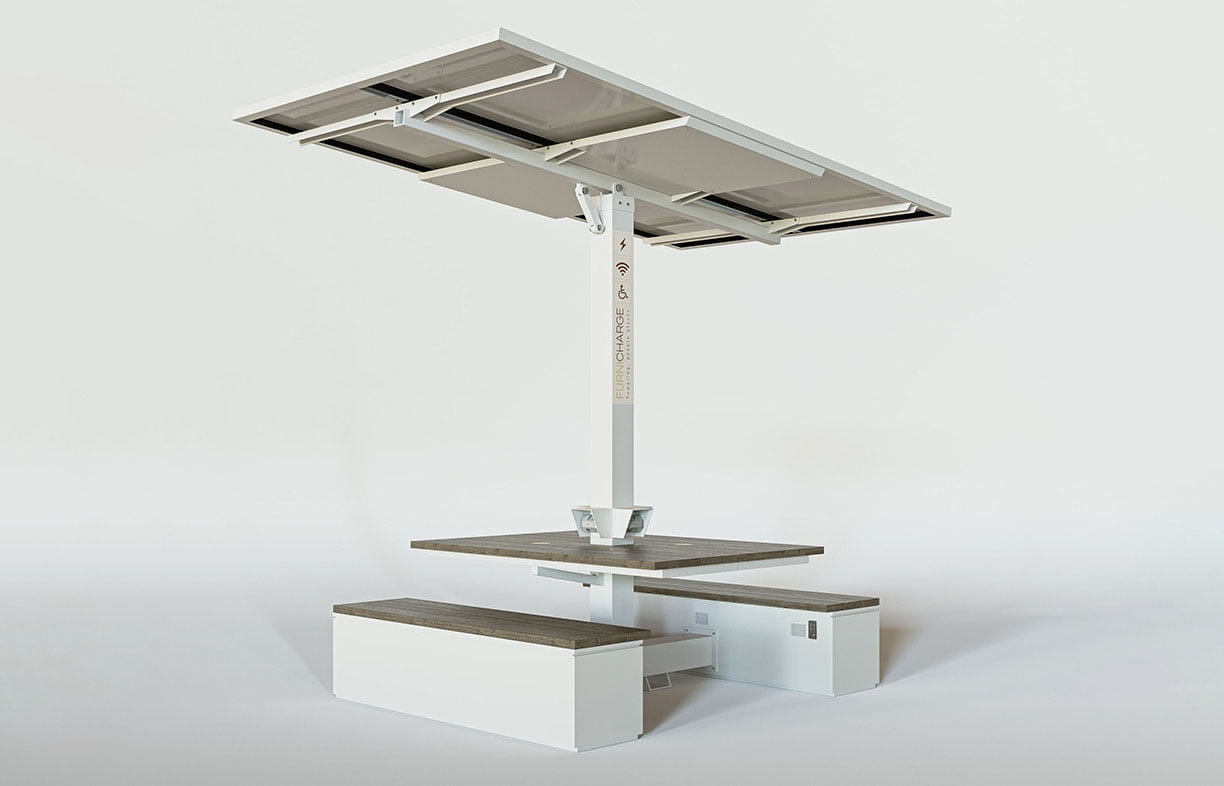 Products
Products
Product profile: Portable solar recharge hubs
Providing device recharging for events or outdoor areas with no access to electricity can be difficult, but the Furnicharge Freedom Hub makes it simple.
Read more

